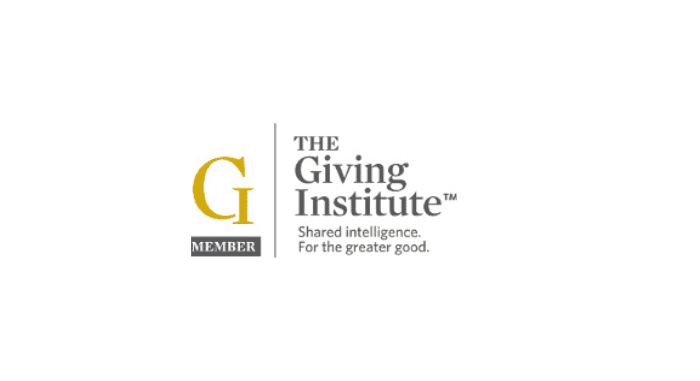It seems that it was only 20 years ago that we felt that the only data we needed to effectively solicit donors and recruit volunteers was knowing where they lived and a home phone number. Cell phone? In 1997, I was the proud owner of a “bag phone”! Gosh, that was just 20 years ago!
Today, in many development offices around the country, there are discussions concerning the need to clean up data in fundraising systems. Donors are frequently “lost,” or at the very least offended, when data is misused or inaccurate. Getting someone’s name wrong is just bad form. The reaction is even worse when a pledge reminder is sent to someone who is deceased and a relative opens the mail.
As bad as bad data is, or using good data incorrectly may be, golden opportunities (and revenue) are missed due to lack of data. Too many institutions simply focus on the obvious data errors. What isn’t so obvious are the data omissions that, if rectified, could result in significant increases in revenue.
Today, there are many more two-income families than there were 20 years ago – necessary in many cases just to make ends meet. And, if we can find a spare moment, many of us are volunteering our time to nonprofit organizations and corporations that serve our children, families, and communities.
Given the above, one of the most important data areas many fail to focus on relates to employment and relationship information. While we all understand the benefit of knowing where someone works not only to assist with wealth identification factors and making appointments for major gift calls, as well as to facilitate a corporate matching gift, we don’t always take it to the next step and obtain spousal employment data as well as board affiliations and even retirement information. Many of these boards, former employers and spouse employers will also match gifts!
There are three key steps we should take regarding these data:
- Gather the information through the use of frequent and effective donor and alumni survey instruments and then add it to the development system;
- Link the individual and their affiliation records to the various corporations and ensure that the corporate records reflect all the pertinent information regarding their matching gifts programs;
- Upon receipt of a contribution (or even before), remind the donor which of the corporations they are affiliated with might be eligible to match their contribution and to what extent (.5:1, 1:1, or even more).
I recall a remarkable success story following these points above from my days at Duke University. We had a donor who wanted to establish a $25,000 scholarship and submitted her first $5,000 payment. After carefully reviewing eligibility requirements, we found that this single payment could be matched by four corporations (at 1:1) she was affiliated with – the scholarship was immediately funded!
Good use of good data is critical to the success of a fundraising program. But what’s equally important is understanding how additional data we do not have can make us even more successful.



